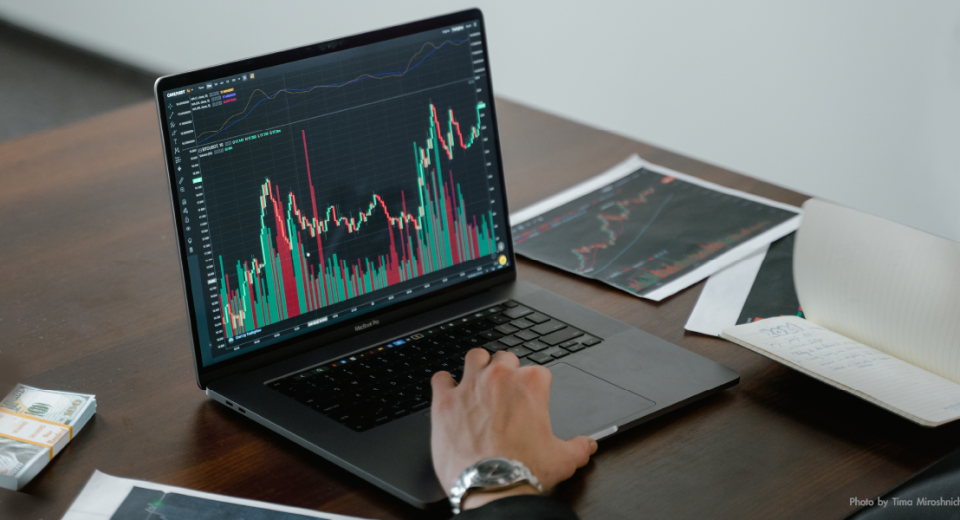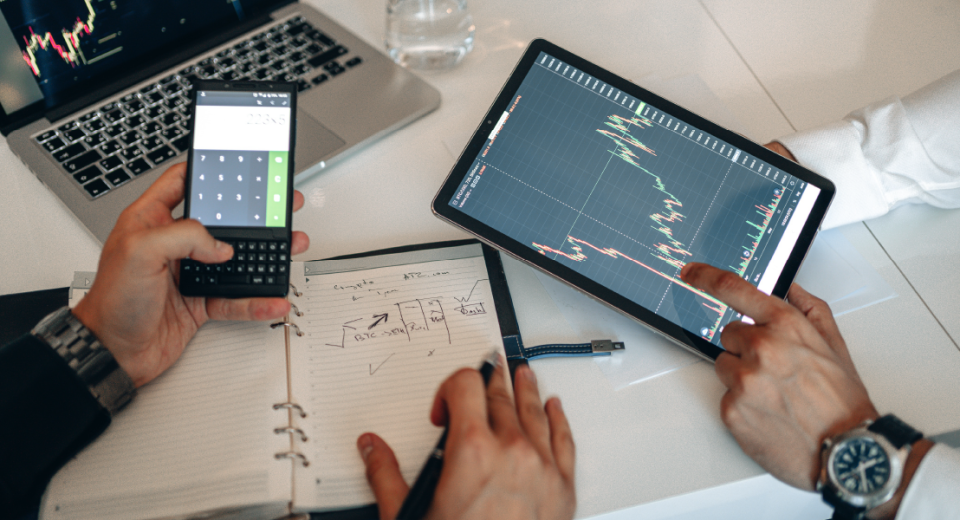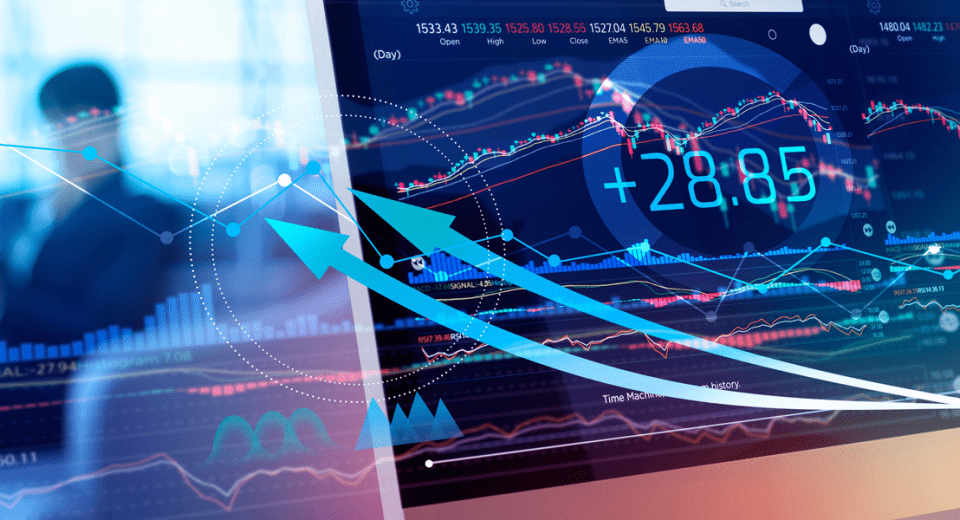Supply and Demand Trading

Forex is a highly liquid marketplace. It is the largest market globally in terms of total trading volume and any country, individual or institution can trade in this marketplace.
Many factors influence the currency exchange rates. Traders know that to increase the chances of making successful trades, it is essential to gain a deep understanding of the price action. Also important is understanding where and what moves the market.
The Concept of Market Liquidity
It is not only economic events that cause volatility in the market. Price action is also governed by transactions or rather injections of big amounts of money into the market. This affects the market liquidity. One of the most important aspects of forex trading is understanding the delicate balance between supply and demand, factors that affect market liquidity. Market liquidity exists when currencies can be bought and sold without a large price change.
Contrary to the popular belief that a large number of buyers compared to sellers in the market is what affects liquidity, the truth is market liquidity is affected by market orders. When people execute market orders, they are demanding that their trades be executed right away. This removes liquidity from the market. Market orders are then matched with pending orders, i.e., someone who wants to sell in the market.
When market orders are larger than the corresponding pending orders, only a portion of them get filled, leaving the rest unfilled. In that case, the market has to move higher to find additional pending orders. So, pending orders essentially add liquidity to the markets. Retail traders typically don’t put in very large orders that can affect prices. It is the large institutional investors who do so. For an average trader, the aim is to find a zone in the market where high liquidity exists, where trades can be placed with negligible impact on prices.
Supply and Demand Zones
Identifying the supply and demand zones is the basis of supply and demand trading. When markets witness sharp rises and declines, large institutional investors typically issue orders that fail to get filled. So, they leave pending orders to buy or sell at the base of the liquidity zones, with the expectation that the market will return there to fill the remaining orders. A high price rise zone is the demand zone and the zone where the market has made a sharp decline is the supply zone.
Figuring out the Right Zones
· Zones Created a Long Time Ago are Not Useful
Supply and demand traders usually evaluate whether certain zones have high probability of working out, based on how much time the market has spent away from the zone. However, modern traders stress on the strength of the move away, rather than the time spent away. So, you mark the zone on your charts that shows a strong move away from it, for example, a supply zone that has multiple bearish large range candles, indicating a huge drop. Then the zone has a high probability of working out. So, zones that were created a long time ago are not necessarily lucrative.
· Trading in the Direction of Recent Highs and Lows
Then there is the alternative principle that requires the trader to find out where the zone is in relation to the ongoing trend. Rather than trying to predict where a movement will reverse, traders move in the direction of the trend itself, since lots of zones are created in the direction of the current movement. A new high or low is a signal that there will be a shift in the current momentum. If traders take a position against this momentum, the risk of losing money is greater.
· Market Should Return to the Zones Sooner
There are intra-day traders who aim to take advantage of many small market movements in a day in a bid to gain small profits. Banks that participate in intra-day activities wouldn’t want to leave their positions overnight. So, this means that market makers will be forced to move the prices in the market to these positions in the demand-supply zones, where institutional traders will buy or sell. That means the market returns to the supply and demand zones within 24 hours, to make the most of it. If a zone is older than a 24-hour time period, then it might have lesser probability of working out. In other words, if the banks have decided not to return to a supply-demand zone on a 1-hour chart, or any chart less than 24 hours, it means they will probably not use it again.
Trading Supply and Demand Zones
Support and resistance levels help traders identify the places or levels where the demand-supply ratio of a currency pair can change. For instance, we take the currency pair GBP/USD. Let’s say that the rate has been consistent at 1.230 for the past few months. If traders find the price below 1.200 at a certain point, buyers will show an eagerness to get in to take advantage of the low price. So, the price has moved lower and the demand has increased.
Support will be the level at which demand will outstrip supply, causing the currency price to escalate.
Now, if the central bank passes a policy around this time causing a change in interest rates, then we are looking at a change in the global market environment. In that case, market players won’t jump in readily to buy currencies at lower prices. The price will fall until a breakout occurs. These breakouts are difficult to predict.
So here, traders have two choices to make; trading in the range or trading the breakouts.
Trading the range means that market conditions are not out of the ordinary and support and resistance levels will dictate “buying low” and “selling high.” Trading the breakouts means that the trader’s objective will change from the range-bound conditions. They will expect a change in the market condition, causing new highs and lows. The objective here is to “sell low and later buy back at a lower price” or to “buy at a high price and sell at a much higher price.”
However, it should be noted that trading breakouts is riskier than trading range-bound markets.
Disclaimer
If you liked this educational article, please consult our Risk Disclosure Notice before starting to trade. Trading leveraged products involves a high level of risk. You may lose more than your invested capital.




